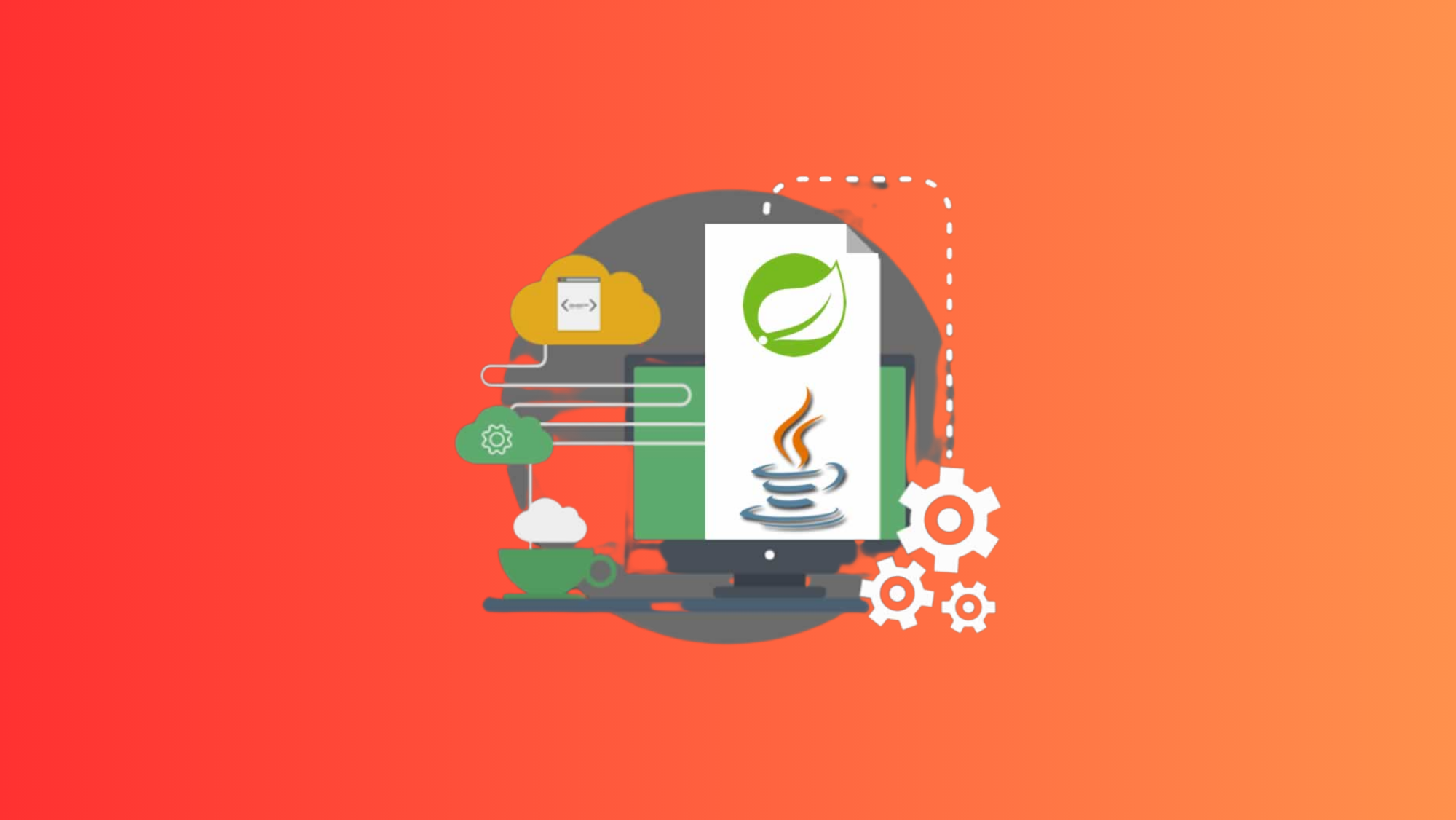Everything You Need to Know About Spring Boot Training
Introduction:
Spring Boot has become an essential framework for Java developers, offering a simplified approach to building robust and scalable applications. To fully harness the power of Spring Boot, it's crucial to acquire the necessary knowledge and skills through effective training. In this blog post, we will explore everything you need to know about Spring Boot training, including its importance, key aspects to consider, and the benefits it can bring to your development journey.
1. The Importance of Spring Boot Training:
Spring Boot training provides developers with a comprehensive understanding of the framework's concepts, best practices, and advanced features. By investing in training, you gain the following advantages:
Enhanced Productivity: Proper training equips developers with the skills to leverage Spring Boot's capabilities efficiently, reducing development time and effort.
Knowledge of Best Practices: Training provides insights into industry best practices for designing, developing, and deploying Spring Boot applications, ensuring high-quality code and improved maintainability.
Troubleshooting and Debugging Skills: Training enables developers to effectively diagnose and resolve issues that may arise during Spring Boot application development and deployment.
Future-Proofing Your Skills: As Spring Boot evolves, staying updated through training ensures you remain competitive and relevant in the rapidly changing technology landscape.
2. Key Aspects to Consider in Spring Boot Training:
When choosing a Spring Boot training program, consider the following aspects:
Course Content: Ensure the training program covers essential topics such as Spring Boot fundamentals, dependency management, auto-configuration, testing, security, and deployment strategies
Hands-On Experience:
Practical exercises and hands-on labs are crucial for reinforcing theoretical knowledge and gaining practical experience with Spring Boot development.
Trainer Expertise: Verify the qualifications and expertise of the trainers delivering the program, ensuring they have in-depth knowledge of Spring Boot and real-world experience.
Learning Resources: Check if the training program provides comprehensive learning resources, including documentation, code samples, and references for self-paced learning and future reference.
Certification: If certification is a requirement for you or your organization, choose a training program that offers recognized certifications upon successful completion.
3. Benefits of Spring Boot Training:
Spring Boot training offers numerous benefits for developers and organizations:
Rapid Skill Acquisition: Training accelerates your understanding of Spring Boot, equipping you with the skills needed to build applications quickly and effectively.
Efficient Application Development: Through training, developers learn the best practices and tools that Spring Boot provides, enabling them to develop applications more efficiently.
Improved Code Quality: Training enhances your understanding of Spring Boot's features, allowing you to write clean, maintainable, and scalable code.
Problem-solving Capabilities: Training equips developers with troubleshooting skills, enabling them to identify and resolve issues efficiently during development and deployment.
Career Advancement: Acquiring expertise in Spring Boot through training enhances your professional profile, making you a valuable asset in the job market and opening up new career opportunities.
4. Types of Spring Boot Training:
Spring Boot training is available in various formats to suit different learning preferences and schedules:
Instructor-Led Classroom Training: Traditional classroom-based training provides direct interaction with instructors and fellow learners, fostering a collaborative learning environment.
Online Instructor-Led Training: Virtual training sessions allow participants to attend from anywhere, providing flexibility and convenience.
Self-Paced Online Courses: Pre-recorded video tutorials and interactive modules enable learners to progress at their own pace and revisit concepts as needed.
Who can do spring boot training:
Anyone interested in learning Spring Boot can participate in Spring Boot training. The training is suitable for:
Java Developers: Java developers who want to enhance their skills and learn how to build robust and scalable applications using Spring Boot will greatly benefit from the training.
Web Application Developers: Developers who work on web applications and want to leverage the features of Spring Boot for rapid development and efficient deployment will find the training valuable.
Software Engineers: Software engineers who want to upgrade their knowledge and stay up-to-date with the latest industry trends can benefit from Spring Boot training to expand their skill set.
Technical Leads and Architects: Technical leads and architects responsible for designing and leading development projects can benefit from Spring Boot training to gain a deeper understanding of the framework and guide their teams effectively.
Students and Aspiring Developers: Students pursuing a career in software development or individuals starting their journey in programming can enrol in Spring Boot training to acquire the necessary skills and kickstart their careers on a strong foundation.
Prerequisites For Spring Boot
To get started with learning and working with Spring Boot, having a foundational knowledge of the following areas is beneficial:
1. Java Programming:
Since Spring Boot is built on top of the Java language, having a solid understanding of core Java concepts is essential. Familiarity with topics like object-oriented programming, Java syntax, variables, control structures, and basic Java libraries will help you grasp Spring Boot concepts effectively.
2. Spring Framework:
Spring Boot is an extension of the popular Spring Framework, so having some familiarity with Spring concepts is advantageous. Understanding core Spring concepts like inversion of control (IoC), dependency injection (DI), aspect-oriented programming (AOP), and Spring annotations will provide a strong foundation for learning Spring Boot.
3. Web Development:
Spring Boot is commonly used for building web applications. Prior knowledge of web development concepts like HTTP, RESTful APIs, HTML, CSS, and JavaScript will help you understand how Spring Boot enables web application development and deployment.
4. Maven or Gradle:
Spring Boot projects often use Maven or Gradle as build tools and dependency management systems. Familiarity with either of these build tools and understanding how to configure dependencies, build projects, and manage project dependencies will be valuable in Spring Boot development.
5. Database and SQL:
Spring Boot integrates well with databases and frequently involves data access operations. Having a basic understanding of databases, SQL syntax, and CRUD (Create, Read, Update, Delete) operations will be helpful in working with Spring Boot's data access capabilities.
6. Spring MVC (Model-View-Controller):
Spring Boot includes the Spring MVC framework for building web applications. Familiarity with the MVC pattern and how it is implemented in Spring MVC will provide a solid foundation for understanding Spring Boot's web development capabilities.
Conclusion:
Spring Boot training is essential for developers looking to master the framework and build powerful Java applications efficiently. By investing in training, you gain the knowledge, skills, and best practices needed to leverage Spring Boot's features effectively. Whether you opt for classroom training or online courses, the benefits of Spring Boot training are undeniable, empowering you to create high-quality applications and excel.
You May Also Like
These Related Stories

Unlocking the Power Spring Boot: Learn to Build Scalable Applications

Spring Boot Training: Building Powerful Java Applications Confidence




No Comments Yet
Let us know what you think